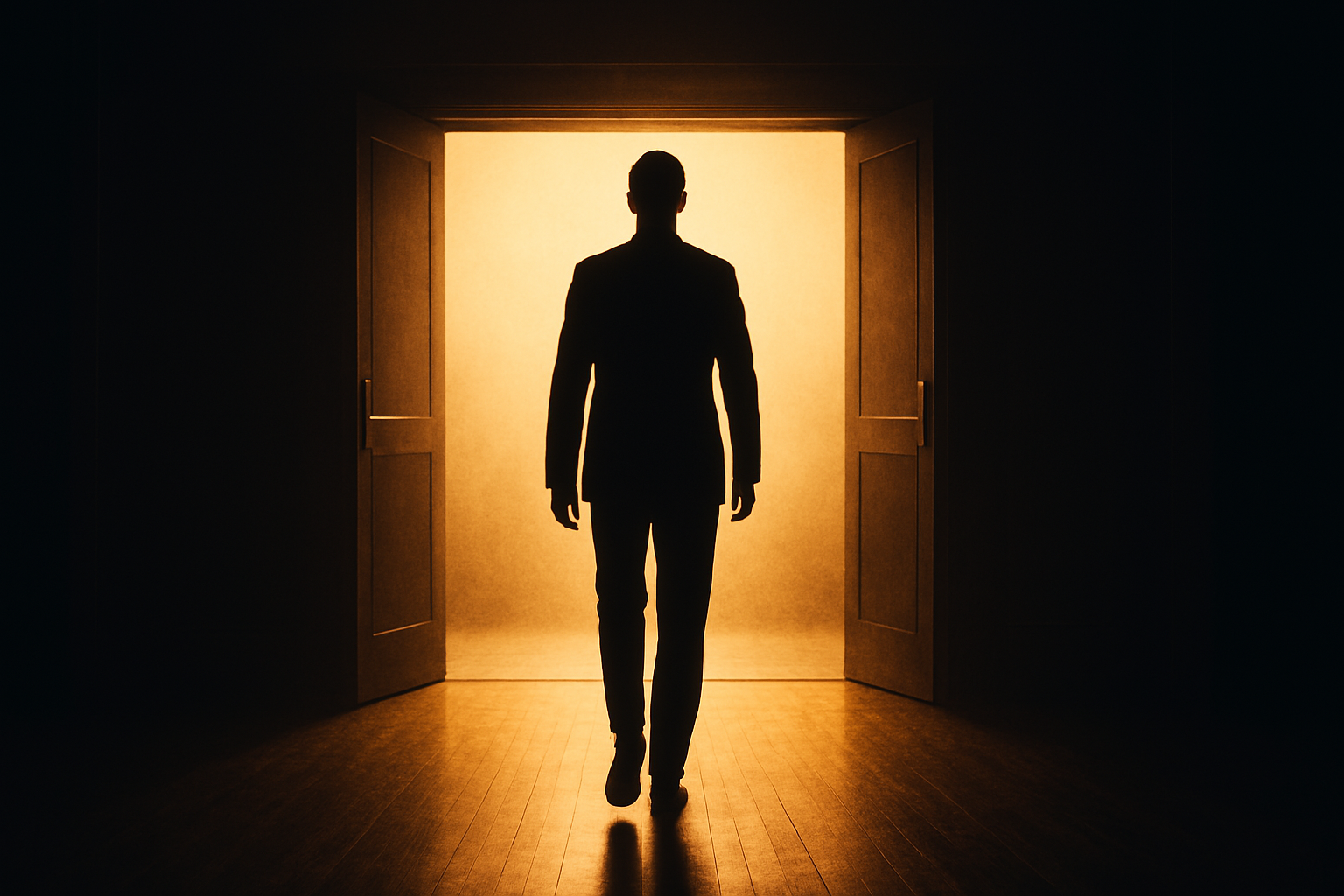Statistical Methods for Small Data – Dr Rens van de Schoot, Utrecht University
Original Article Reference
https://doi.org/10.26320/SCIENTIA162
Share Episode
About this episode
Researchers are heavily reliant on statistical techniques that are based on large sample sizes. Therefore, attempts to gain useful information from small samples can often lead to biased, or incorrect conclusions. Dr Rens van de Schoot at Utrecht University has shown that the limitations associated with small samples sizes can be overcome by using an alternative method – Bayesian estimation – as an all-encompassing approach to quantitative research. However, this approach comes at a price: expert knowledge must be integrated into the statistical model.
This work is licensed under a Creative Commons Attribution 4.0 International License. 
What does this mean?
Share: You can copy and redistribute the material in any medium or format
Adapt: You can change, and build upon the material for any purpose, even commercially.
Credit: You must give appropriate credit, provide a link to the license, and indicate if changes were made.
Related episodes
Dr. Oksana Komarenko and Dr. Gerardo Ramirez | Pressure Points: The Science of Performing When It Matters Most
Performing at your best when it matters most is something a lot of people struggle with. You can prepare for days, even weeks, but the moment you step on stage, walk into an interview, or face a big audience, things shift. Suddenly, what felt solid in practice starts to slip. I’m Dr. Oksana Komarenko. I teach at Ball State University, and I’m also an opera singer. I know what it’s like to face high-pressure moments. During my first major solo recital, my hands started shaking so badly I could barely control them. Everything I had rehearsed felt just out of reach. And I’m not the only one. Research shows that over 77 percent of performers experience the same thing when the pressure is on.
Do Security and Regulation Failures Put Women’s Health Data, Their Privacy and Even Their Safety at Risk?
Recent research from Professor Maryam Mehrnezhad at the Information Security Department, Royal Holloway University of London and a team of researchers reveals widespread privacy, security and regulatory failings in female-oriented health technologies (also known as FemTech). The researchers’ comprehensive analysis demonstrates how current practices leave sensitive health information vulnerable, while highlighting an urgent need for reform across technical, legal and social dimensions of digital healthcare.
Dr. Beate Hoppe | Revealing the Secrets of Fish Health: Improving Research on Aging
The African turquoise killifish, also called Nothobranchius furzeri, is a small, vibrant freshwater species that is making a big splash in aging research. With our aging populations, research into aging and the mechanisms underlying age-related health issues is increasingly important. Scientists in this valuable field prize the killifish because it has a significantly short lifespan at just six to twelve months, making it an ideal model to study age-related diseases. However, as research on this species grows, so does the need for better care and monitoring of their health. In fact, distinguishing between the natural effects of aging and other health issues in these fish, such as pathogens or disease, is crucial in accurately researching age-related phenomena. Moreover, identifying health issues in laboratory fish could help researchers to better maintain health in their fish stocks, improving both experimental results and animal welfare. This is where Dr. Beate Hoppe and her colleagues at the Leibniz Institute on Aging at the Fritz Lipmann Institute, Jena, Germany, step in, pioneering a comprehensive approach to monitoring and managing killifish health that could revolutionize laboratory fish research.
Prof. Jason Dana | The Confidence Conundrum: Why Unstructured Interviews Are Misleading
Employers and other decision makers typically use interviews to make their final decision on candidates applying for important positions. The process begins by reviewing resumes, and checking references, before the final and typically most important act, the interview. Within mere minutes, an interviewer can form a strong impression of a candidate. For instance, this may run along the lines of “this person seems confident, articulate, and driven” or “this person does not represent themselves well, and likely won’t be a good fit”. By the end, the interviewer may feel that they truly understand the candidate. But what if that feeling is just an illusion? This is the question tackled by Prof. Jason Dana of Yale University and his colleagues in their research on unstructured interviews. Their findings challenge one of the most common hiring and admissions practices: the belief that sitting down with a candidate and having a free-flowing conversation reveals valuable insight. In reality, their study suggests that unstructured interviews often do more harm than good, leading decision-makers to rely on misleading impressions rather than objective facts.
Increase the impact of your research
• Good science communication encourages everyday people to be scientifically literate so that they can analyse the integrity and legitimacy of information.
• Good science communication encourages people into STEM-related fields of study and employment.
• Good public science communication fosters a community around research that includes both members of the public, policymakers and scientists.
• In a recent survey, 75% of people suggested they would prefer to listen to an interesting story than read it.

Step 1 Upload your science paper
Step 2 SciPod script written
Step 3 Voice audio recorded
Step 4 SciPod published




